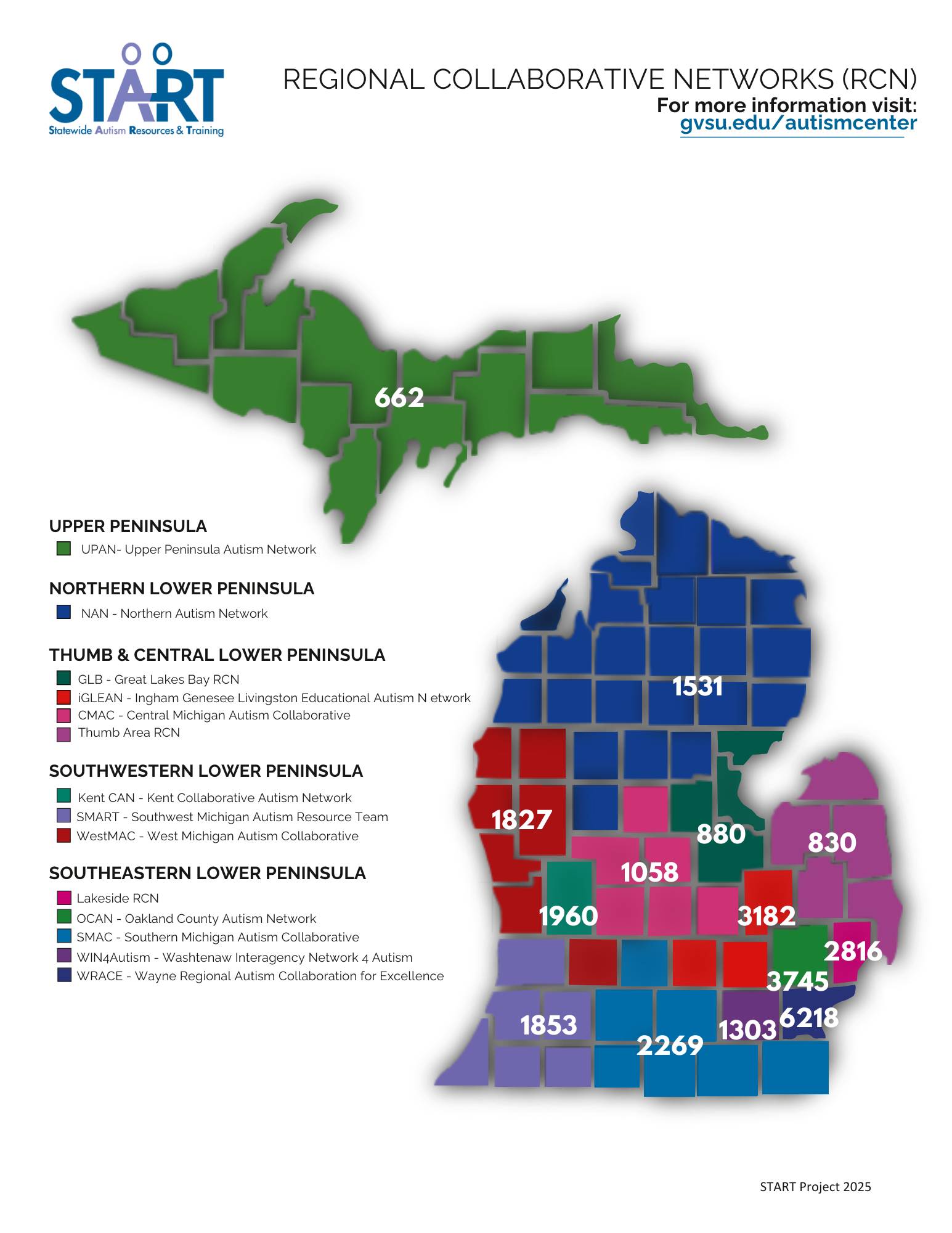About Autism Spectrum Disorder (ASD)
Learning about ASD
Understanding and Supporting the Needs of Students with ASD Handout (temporarily unavailable; under revision)
Autism spectrum disorder (ASD) is a neurodevelopmental disability that affects how students interact with others, communicate, learn, and behave. Autism is known as a “spectrum” because there is wide variation in the ways people manifest and experience autism. People of all genders, races, ethnicities, and economic backgrounds can be diagnosed with ASD. Autism is more common in boys although it is becoming more recognized in girls.
Many autistic individuals describe their autism as an integral part of who they are as a person. This has led to a preference for identify-first language by some people with autism. Many in the autism community say they are looking for understanding, acceptance, respect, and a sense of belonging.
- OSEP Fast Facts: Children Identified with Autism
- The Office of Special Education Programs provides national data about autism and school-based services.
- Centers for Disease Control and Prevention
- Reliable, frequently updated information about Autism Spectrum Disorder including characteristics, causes, screening & evaluation, treatment prevalence data, and scientific findings.
- National Institute on Mental Health
- Reliable information about Autism Spectrum Disorder including specifics about diagnosis from the Diagnostic and Statistical Manual of Mental Disorders (DSM-5). A downloadable pdf booklet is available on the site.
- Introduction to Autism Spectrum Disorder - AFIRM
- Learn about ASD through a series of online modules. These modules explain the defining features of autism, describe how to support learning, and provide activities that promote real-world application of the information. The series of modules takes an estimated 2-3 hours to complete.
- Introduction to ASD - OCALI
- Lots of information about what ASD looks like and how to support individuals, including links to brief fact sheets, news articles, podcasts, and more. Some areas featured include understanding autism and co-occurring conditions, learning about self-advocate perspectives, and transitioning youth with ASD to employment. For a guided course to learn more about autism, see “ASD Strategies in Action: Many Faces of Autism.”
- VCU Autism Center for Excellence - Autism Spectrum Disorder
- The VCU website contains information about many topics related to ASD, including behavior, communication, and information for families and paraprofessionals. This site offers courses, webcasts, and seminars to learn about the characteristics of ASD and Asperger’s syndrome. This site includes links to well-known research and advocacy networks in the autism community.
- VCU Autism Center for Excellence - How to Video Series
- These brief videos (20 minutes or less) describe a variety of interventions to support individuals with ASD such as visual support, communication, prompting, general support, and reinforcement strategies. There are videos focused on preschool-aged children with ASD that could be used with children of all ages, with or without disabilities.
- Autistic Self Advocacy Network
- ASAN is run by and for autistic people. It was created to serve as a national grassroots disability rights organization for the autistic community, to advance civil rights, support self-advocacy, and improve public perceptions of autism. They believe that autistic people should enjoy equal access, rights, and opportunities. Their website includes information and resources about advocacy and public policy.
- Amazing Things Happen- by Alexander Amelines
- This video is a simple, broadly appealing explanation of ASD for any population. This 4-minute video could be used to help other students learn about ASD. The video explains how everyone’s brains work differently and how some features of autism may result from these brain differences.
- Organization of Autism Research (OAR) - Understanding Autism Video Presentations and OAR's An Educator's Guide to Autism
- These resources assist teachers in preparing to educate children with autism.
- What’s up with Nick?
- This 3-minute video introduces ASD to elementary-age students. The video describes ASD in simple language and explains how kids can support other kids in their class that have autism. This is a resource for teachers that want to develop a more inclusive classroom environment.
- Vanderbilt Kennedy Center TRIAD Resources
- Printable resources to promote the use of evidence-based practices.
ASD Data in Michigan
The prevalence of ASD has increased across the country to one in 31 children (CDC, 2025). Data from the Michigan Department of Education indicates that in 1990, 1208 children between the ages of birth to 26 identified with ASD were receiving special education services; whereas, at the end of 2022, 25,147 children were receiving services under the ASD eligibility.


